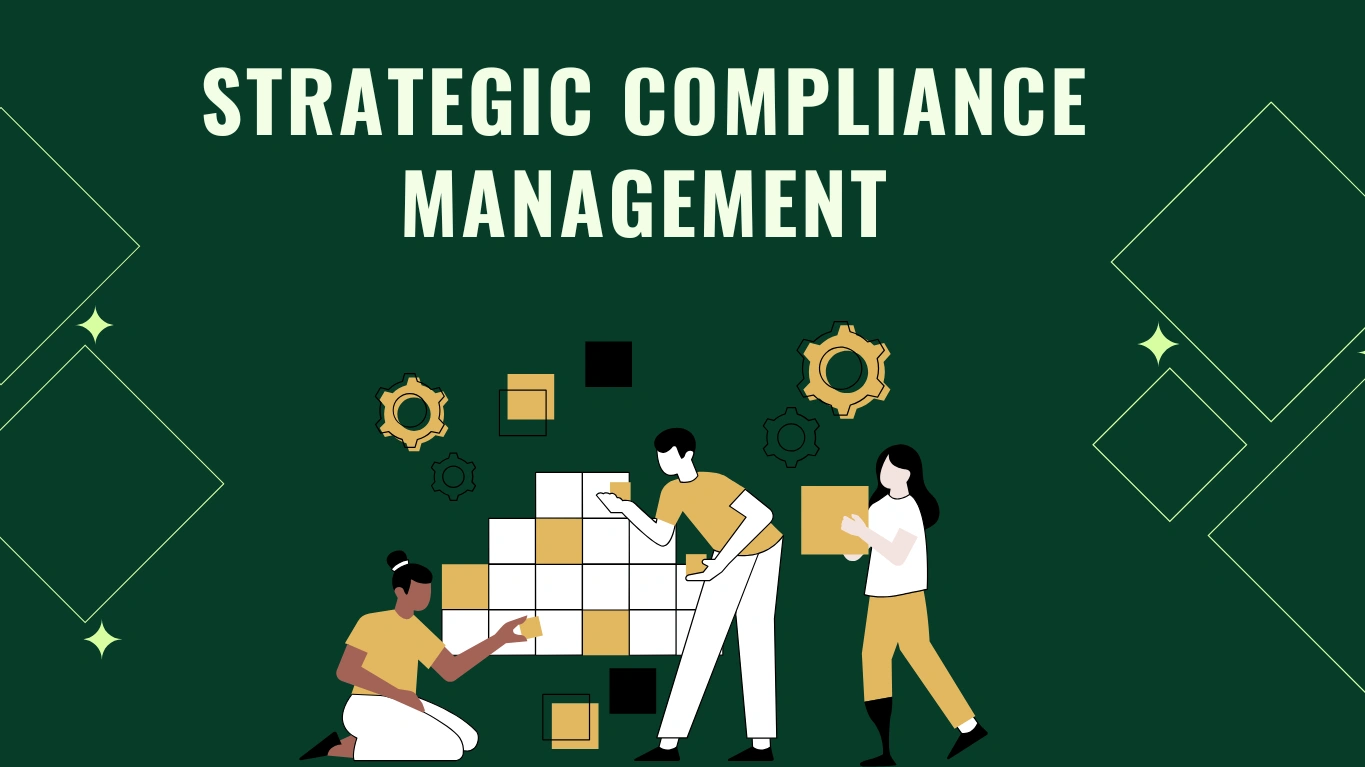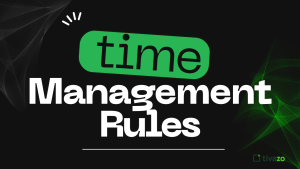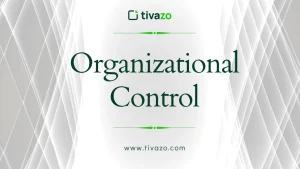The world is becoming more regulated than ever before, and as such, companies are under growing pressure to make sure that their operations are in compliance with local, national, and global laws. When the regulatory frameworks are also changing, then an approach to regulatory compliance in an organization must also change. Here, strategic compliance management plays a major role. Contrary to ad-hoc or reactive actions, strategic compliance management is a proactive and internally considered all-embracing approach that integrates compliance activity with overall business objectives.
An effective compliance strategy is useful in more than risk reduction; it also promotes a culture of accountability, results in increased operational efficiency, and positively impacts brand reputation. This guide will illustrate the major components, solutions, and advantages of implementing a strategic compliance management and how an effectively considered frame of compliance may place your business on course towards long-term success..
Understanding Strategic Compliance Management
Strategic compliance management is the inclusion of compliance into the strategic aspect of an organization. Instead of managing compliance as a separate event, one makes it the core pillar, which guides decision-making, risk management, and operation planning.
Fundamentally, strategic compliance management combines legal, ethical, and regulatory requirements with corporate strategy. This is how it creates an integrity that ensures compliance activities that fulfill higher business goals, and at the same time save the organization against the risks of penalty and reputation.
Key Benefits of Strategic Compliance Management
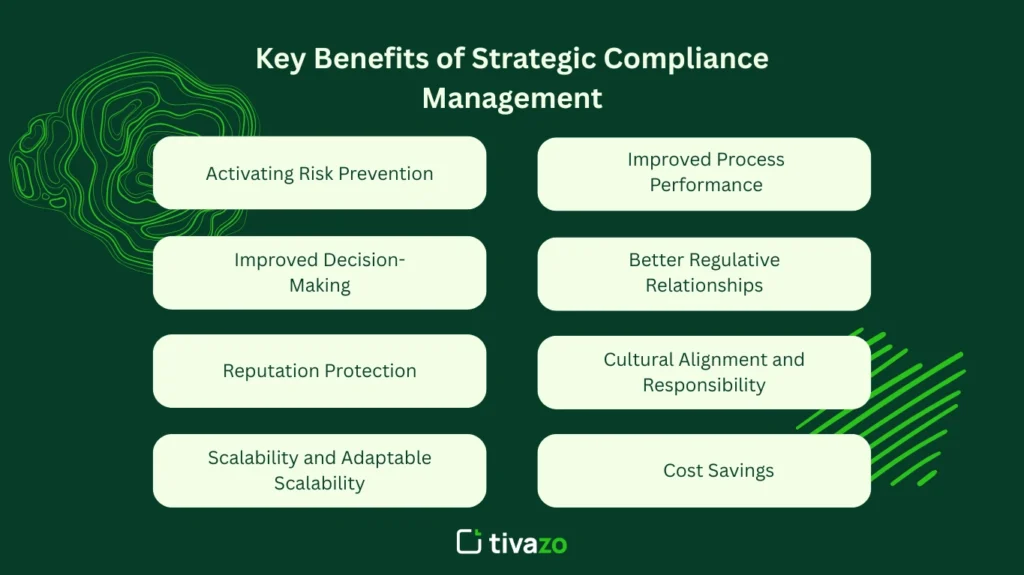
1. Activating Risk Prevention
Through the integration of compliance with business strategy, the organization will find it easier to spot regulatory risks and deal with them before they blow out of proportion. By using a system of regular risk management and checks, strategic compliance management assists in uncovering possible problems at an early stage.
2. Improved Process Performance
Strategic compliance management encourages standardized and simplified processes in all departments, instead of reactive and manual compliance processes. This enhances efficiency and reduces wastage of effort.
3. Improved Decision-Making
Compliance as part of the strategic planning process helps leaders to make more informed decisions when taking into account the legal, ethical, and regulatory aspects of implications.
4. Better Regulative Relationships
Regulators believe in openness and well-organized authority. An effective compliance strategy within the framework of strategic compliance management contributes to the building of trust and proves that a company is eager to comply with the rules voluntarily.
5. Reputation Protection
A non-compliance may cost extra fines and reputation losses. Strategic compliance management minimizes these risks because it keeps compliance with laws and ethical compliance comparable, leading to improved confidence by affected stakeholders.
6. Cultural Alignment and Responsibility
Properly integrated into the cultural context of a firm, the concept of strategic compliance management facilitates the establishment of individual employee accountability and ethical conduct. It results in a reduced number of internal violations and provides an integrity-friendly working environment.
7. Scalability and Adaptable Scalability
The strategic approach enables the expansion of compliance processes alongside the expansion of the organization and also perceives the changes in a quick manner e.g, when there is a change in laws, marketing structures, or a company operation.
8. Cost Savings
Trying to stop an infringement is much cheaper than countering it. Compliance strategy management prevents penalties and lawsuits, as well as remediation fees.
The Role of a Compliance Strategy
A compliance strategy formulates the plan for the accomplishment and sustainability of regulatory compliance. It names important risks, lists out internal controls, delegates duties, and provides benchmarks on performance. This roadmap is a powerful solution to risk resilience and sustainable growth when used with a strategic compliance manager.
The elements of an effective compliance strategy are:
- Well-defined goals that are business-focused
- Clear-cut policies and procedures of compliance
- Specific compliance persons/committees
- Training and communications strategies
- Periodical audits and checkups
With the incorporation of these elements in a strategic plan towards compliance management, businesses are able to ensure that compliance as an aspect becomes part of the fabric of the organization.
Frameworks for Strategic Compliance Management
Different frameworks and modes can assist the use of an effective compliance strategy:
1. Committee of Sponsoring Organizations (COSO)
COSO has given an extensive model of internal control and enterprise risk management. It pays attention to the following five elements:
- Control Environment
- Risk Assessment
- Control Activities
- IC Information and Communication
- Monitoring
At the enterprise-wide level, this model can assist in strategic compliance management through the advocacy of a systematized approach.
2. ISO 37301
A compliance management system is an international standard ISO 37301. It defines requirements on such points as:
- Management and headship
- Risk-grounded compliance planning
- Elevating and observation
- Employee education
Engaging ISO 37301 assists businesses in ensuring their compliance strategy formalization and aligning it with the global best practices.
3. The Three Lines Model
The model created by the Institute of Internal Auditors makes roles in the organization clear:
- First line: Treatment management to ensure daily compliance.
- Second Line: Risk and compliance departments that provide instructions and supervision.
- Third Line: Internal audit- independent assurance.
All these frameworks help in the strategic management of compliance by defining roles and respective responsibilities, and procedures. When choosing the appropriate framework, it is crucial to have the compliance strategy in a form that is scalable and able to adapt to future changes.
Embedding Compliance in Corporate Culture
Having a strong compliance mindset throughout the organization is one of the most difficult but at the same time, one of the most important parts of strategic compliance management. The most effective compliance strategy is not limited to a set of policies, training exercises, and audits; it should influence the decisions, values, and behaviors of all employees.
The development of a culture of compliance makes sure that employees do not merely obey the rules but also learn about the purpose of the rules and personally own the ethical standards followed by an organization.
Tactics for Cultivating a Compliance-Focused Culture
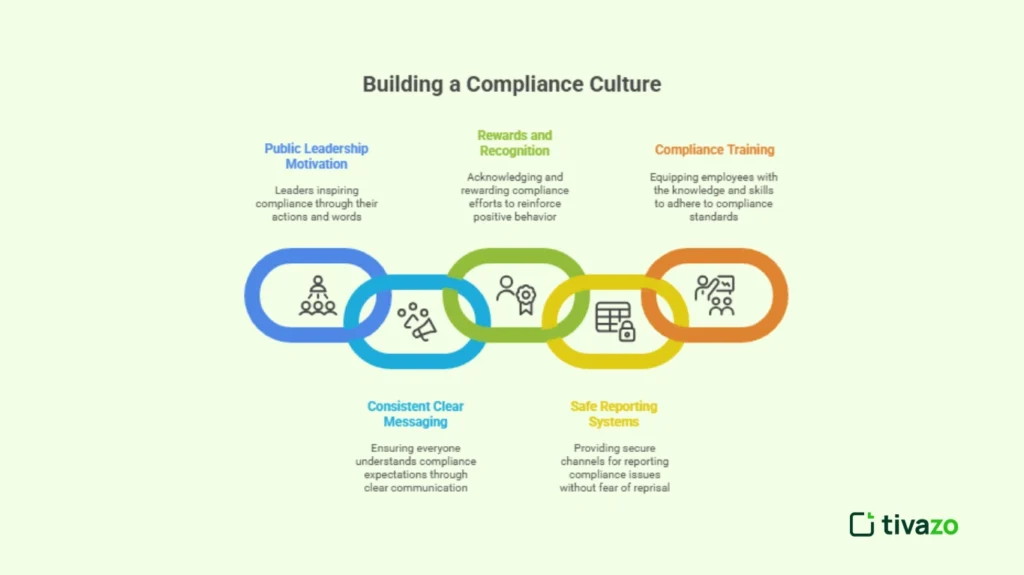
Public Leadership Motivation
Managers and executives should be ready to recognize ethical conduct, along with encouraging compliance activities. Their intonation is considered to be the pattern of all the organizations.
Consistent Clear Messaging
Frequent messages by the leadership as to what they expect regarding compliance and the need to do the right thing regardless of whether this is the easy path to take or not will help reinforce these expectations.
Rewards and Recognition
Positive reinforcement is achieved by rewarding ethical actions and by awarding teams or individuals who have compliance leadership ability.
Safe and Anonymous Reporting Systems
The employees must be comfortable with raising issues without any form of reprisals. Whistleblowers need to be anonymous and must be safe because this helps build trust.
Onboarding and Compliance-Oriented Training
The expectation of compliance should be presented to the new employees on the very first day. Training that is specific to the roles also assists in maintaining awareness and compliance.
When the element of compliance management gets integrated into the corporate culture, compliance is distributed as a collaborative issue rather than a legal or risk department to deal with. Such integration not only decreases the regulatory risk but also promotes the overall engagement of employees and operational integrity of the company.
Leveraging Technology for Strategic Compliance
The present-day problems of compliance demand solutions of the modern world. Digital tools may make the process of compliance strategy implementation more efficient and effective, streamlining the whole process and making strategic compliance management more efficient.
Some of the important technologies are:
- Governance, Risk, and Compliance (GRC) Platforms: These are central dashboards that allow the user to monitor compliance measures and make decisions.
- Regulatory Intelligence Tools: Keep track and interpret regulatory changes across jurisdictions, so that your organization can keep up to date.
- Automated Workflow Tools: Common operational policies, automate them to make them standard and enforce them, get approvals, audit them, and solve incidents.
- Data Analytics: Determine the anomalies in compliance, risks, and areas of concern by analysing the trends.
By installing these technologies in your strategic compliance management, you will guarantee that your compliance strategy stays dynamic, active, and responsive to the dynamic nature of the regulatory environment.
Measuring and Monitoring Compliance Performance
What are the signals that your successfully implemented compliance strategy is performing? A well-defined metric and assessment should be met in the strategic compliance management process. In order to identify the efficiency of your work, apply such performance indicators that provide both quantitative and qualitative information.
Common KPIs are:
- Compliance incidents Number
- Completing the training rates
- Audit results and the time to be resolved
- The staff’s opinion about the culture of compliance
- Rate of violation of regulations
Such metrics give you usable data that can be used to streamline your compliance strategy, aid the decision-making process, and ensure improvement in the future. The reviews should be conducted on a regular basis; however, what this does is that it helps in spotting the gaps, as well as enhancing accountability within departments.
Challenges in Strategic Compliance Management
Although a strategic compliance management implementation is beneficial, its impact is not without challenges that, when not proactively addressed, may hamper success:
- Resource Constraints: The compliance departments have very small budgets and few employees. It may slow down the implementation, reduce monitoring options, and bar the adoption of necessary tools. This can be alleviated by prioritizing strategic planning and areas of high risk.
- Regulatory Complexity: Companies tend to face a regulatory environment where there is a difference in jurisdictions, existing regulations, and fast-paced changes. It takes specialized regulatory intelligence and local know-how to stay abreast of regulations with these intricacies.
- Organizational Resistance: The workers can treat compliance programs as unwanted bureaucracy, which would slow down the work. Addressing this involves good communication on the importance of being compliant, good leadership roles, and making it part of the current work.
- Change Management: Organizational change between an organization that responds reactively to compliance and an organization that takes a proactive approach to compliance implies shifts in thinking at all divisions of the organization. This takes training, culture reinforcement, and constant leadership reinforcement to make everything a DNA of the business; hence, compliant.
These issues, when identified and managed in the early stage of your compliance strategy implementation, are the key to successful implementation of your compliance plan and provide the sustainability of strategic compliance management.
Conclusion
The practice of strategic compliance management is a requirement in a world where inspections are put back in focus, and where business processes are becoming ever more complex and multifaceted. This approach has a robust and flexible approach to compliance as its anchoring strategy, which takes organisations through risk, uncertainty, and change.
Compliance is an essential element of any business. You make the organization ready not only to pass compliance but to ensure the long-lasting success of the organization by incorporating it into your everyday activities and aligning with your business strategy, using technology, and creating a culture of accountability.
It is time to reconsider the present compliance strategy you have and start moving towards the strategic compliance management implementation, starting with the first meter. The benefits, resilience, reputation, and reliability of the task are worth it.
